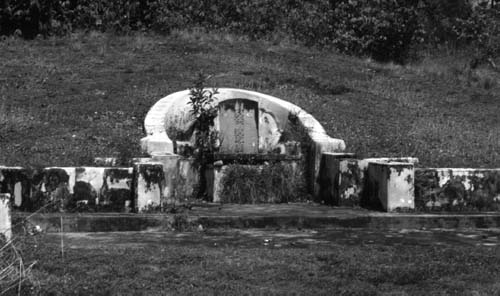Daoism and CctCustoms and Rituals |
How do Daoism and CCT commemorate death and mourning ritually? |
Specific rites are designed for those approaching death, for burial day and for subsequent memorials. For the elderly and terminally ill, ceremonies can include rituals related to aging and specific illnesses. Prayers for longevity might include, for example, recitation from the scripture called The Northern Dipper’s Extension of Life. Traditional funerals conducted under Daoist auspices can be very elaborate. At many funerals, a central feature is the recitation of scripture often performed, curiously, by Buddhist monks or nuns. Many Chinese, both in China and in places like Malaysia where there are sizable Chinese communities, still choose to bury their dead in distinctive graves. A horseshoe-shaped stone or concrete enclosure is set into a gentle slope with the open side to the south and the arms of the “horseshoe” inclining toward the south. Following the principles of feng shui, the enclosure helps to contain the maximum positive qi while allowing necessary drainage. Burial ceremonies typically conclude with placing a memorial or name tablet atop the coffin during final prayers. The coffin is then buried, head to the south, within the semicircular enclosure. Family members take the tablet home for installation on the domestic altar.
Weekly rituals held from the seventh to the forty-ninth day after death may be even more complex than that of the actual burial. Salvation rituals are especially important in cases of violent or premature death. In order to liberate such unfortunate souls, a ritual of “crossing over” is designed to shatter the very portals of the underworld. The so-called Ghost Festival, held either at the end of a Cosmic Renewal or on the fifteenth day of the seventh month, placates the “hungry spirits” with often elaborate offerings and animal sacrifice presided over by seven officiants. For those who died before being able to marry, posthumous “spirit marriages” engage a living proxy to marry the deceased person symbolically, while allowing the proxy to proceed with his or her marriage plans in due course.

Traditional Chinese grave site with horseshoe shape sloping and opening toward the south, and memorial spirit tablet over the grave, near Malacca, Malaysia.
